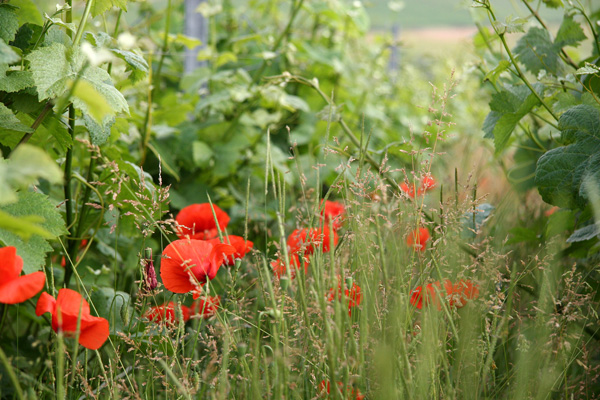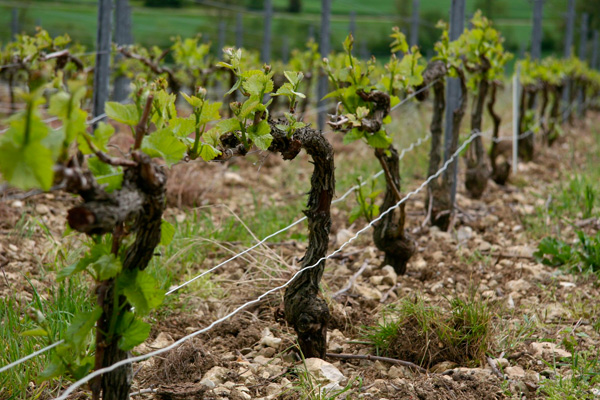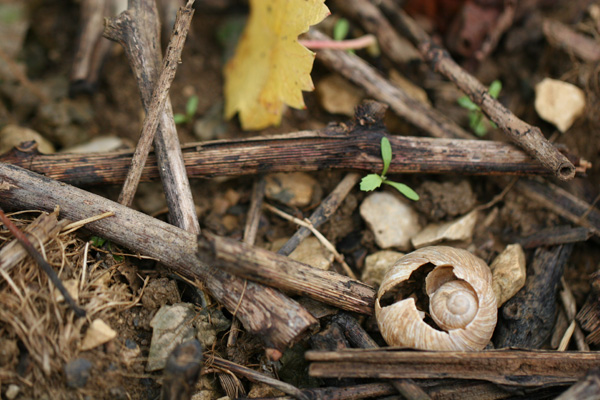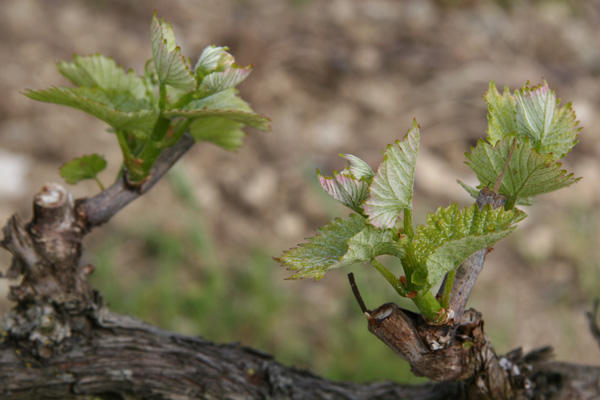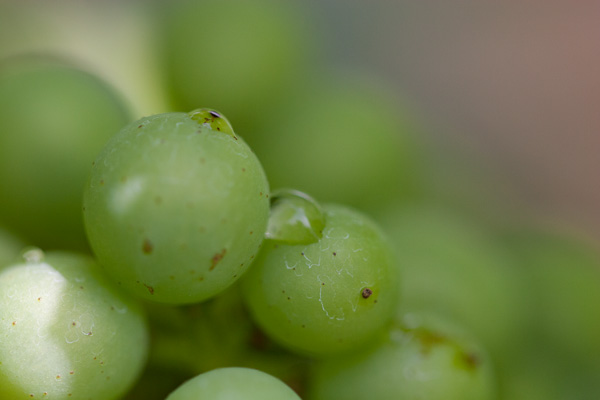In the vineyard
Preserving the terroir
It’s all about the soil! The soil is like a big factory that makes food for the vines. There is a lot of work going on directly under our feet! On the surface, fauna and fungi convert plant and animal debris into humus, which is rich in mineral elements. Water dissolves the limestone bedrock, the famous Kimmeridgian, into the subsoil, releasing clay and pebbles. All of these elements are mixed and become attached to each other thanks to our friends the earth worms.
Our role in all of this is to
maintain this
natural balance as best as possible. Correctly
aerated, the soil will allow the vines to draw water and minerals from deep below the surface, and it is these that give the wines from each
terroir their unique
flavours and aromas.
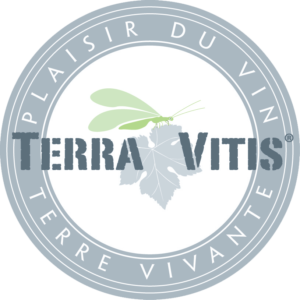
TERRA VITIS
A national certification which aims to provide the consumer with high-quality wines, that are produced with respect for the environment and for future generations.
And so, what can we do to preserve this
fragile harmony? We plant
grass between the rows of vines. This has numerous benefits: it encourages
biodiversity, the soil and all its nutrients are protected from erosion, and micro-organisms can flourish. This ground cover also has a tempering effect on the sometimes excessive vigour of the vines.
Meticulous care…
Of course, all this does not mean that you don’t have to look after the vines themselves. And it has to be said that we pamper them! Let’s start with the objective:
To harvest healthy, well-ripened grapes.
This requires
well-balanced growth with good ventilation of the bunches and a curbing of the vines’ natural vigour. And let’s not forget that parasitic fungi love damp conditions. So, we have to make life for them as difficult as possible!
For all these reasons, we practice
Cordon de Royat and
Chablis style pruning, which results in a better distribution of sap in the buds. The
removal of non-fruiting buds reduces superfluous vegetation. Careful trellising and early thinning of the leaves around the bunches
enables the grapes to breathe.
A
constant presence among our vines and
patient observation of their progress allows us to keep our use of treatments against pests and diseases to a minimum.
Environmentally-friendly practices
While these growing methods are
beneficial in terms of quality, the environment and our well-being, they result in a significant reduction in yields and increased risks of frost damage in the spring. However, such drawbacks will never affect our commitment to
sustainable vineyard practices that respect the
natural balances of the soil and the vines, and indeed the entire ecosystem. In fact, we have recently made this “official” by obtaining
TERRA VITIS approval (www.terravitis.com).
